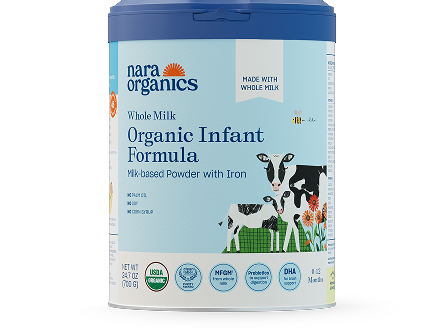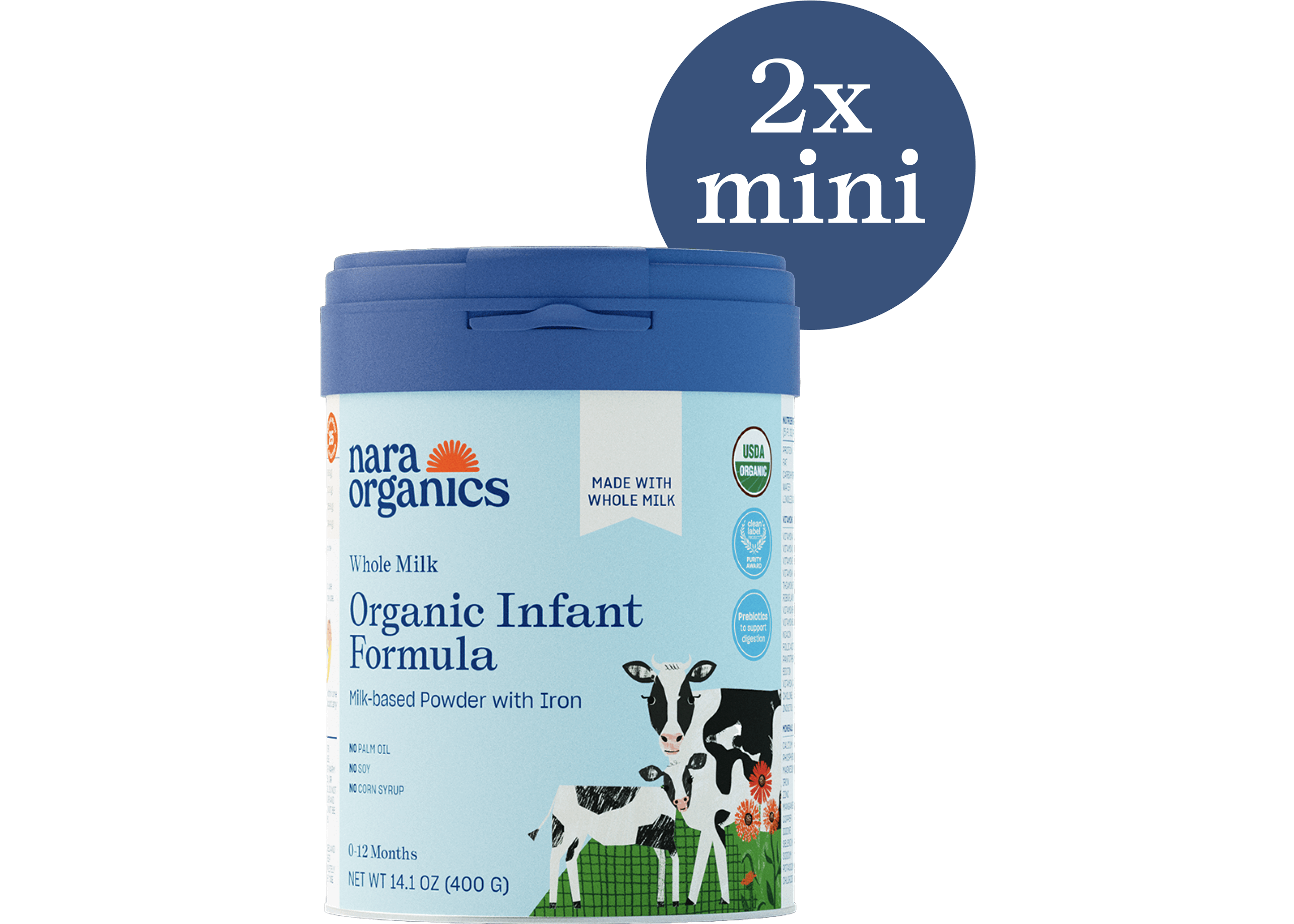Whether formula feeding, breastfeeding, or combo feeding, many new parents will have questions on where to start and how to do it correctly. While feeding your baby may seem intuitive, it is often a new skill that both parents and babies need to learn and master. The good news is that parents have many chances to practice and get it right since newborns need to feed approximately every 2-3 hours, including overnight. However, babies may also want to feed more frequently, so it is important to be mindful of their hunger cues (and fullness cues, too).
Whatever feeding journey you and your baby decide to embark on (and it often changes as it progresses), know that there’s no ‘one’ way to do it.
Newborns should receive all their calories and nutrition from breast milk or iron-fortified infant formula. The amount babies eat varies based on factors such as age, body weight, and appetite. Until a baby has regained their birth weight, it is recommended to always feed on demand, meaning when they want. For many newborns, this means every 2-3 hours, though sometimes they may need to eat more frequently.
Your baby will go through some growth spurts during their first year, and they may want to eat more frequently during these periods. In fact, some healthcare providers believe that these growth spurts may occur around certain times such as at 2-3 weeks, 6 weeks, 3 months, and 6 months old.1 However, every infant’s growth timeline is different. The chart below can be used as a guide on what to aim for when feeding your baby.2
Feeding Amounts by Age
Newborn:
- Milk per Feeding: 1-2 oz
- Milk per Day (24 hr period): 16-23 oz per day
- Feedings per Day (24 hr period): 8-12 feedings
- Time between Feedings: 2-3 hours
2 weeks:
- Milk per Feeding: 2-3 oz
- Milk per Day (24 hr period): 19-25 oz per day
- Feedings per Day (24 hr period): 8-12 feedings
- Time between Feedings: 2-3 hours
1 month:
- Milk per Feeding: 3-4 oz
- Milk per Day (24 hr period): 21-29 oz per day
- Feedings per Day (24 hr period): 8-10 feedings
- Time between Feedings: 2-3 hours
2 months:
- Milk per Feeding: 4-5 oz
- Milk per Day (24 hr period): 25-35 oz per day
- Feedings per Day (24 hr period): 6-8 feedings
- Time between Feedings: 3-4 hours
3 months:
- Milk per Feeding: 4-6 oz
- Milk per Day (24 hr period): 30-36 oz per day
- Feedings per Day (24 hr period): 6-8 feedings
- Time between Feedings: 3-4 hours
6-12 months:
- Milk per Feeding: 7-8 oz
- Milk per Day (24 hr period): 28-32 oz per day
- Feedings per Day (24 hr period): 4-6 feedings
- Time between Feedings: 4-5 hours
Is my newborn getting enough to eat?

New parents often worry if their baby is getting enough to eat, especially if breastfeeding since it’s hard to be able to know how many ounces they are consuming. Here are some signs that your baby is getting enough to eat:
- have about 6-8 wet diapers a day
- have regular bowel movements
- seem satisfied
- are sleeping well
- are alert when awake
- are gaining weight
If your baby does not appear satisfied after feeding (fists clenched, fussy, crying, still seems hungry) and has fewer wet diapers, they may not be getting enough to eat. If you’re concerned that your baby isn’t getting enough to eat, check in with your pediatrician.

But what about all the spit up?
Some spit up after feeding and burping is normal for most babies as their digestive system is still immature. Some babies even spit up after every single feeding! As long as the baby seems comfortable, not upset by it, and is gaining weight, it’s completely normal. Most babies grow out of the spit up phase by the time they are sitting up. But babies should not vomit after feeding, which may be a sign of an allergy, digestive problem, or other problem that needs medical care. Vomiting is when a baby's stomach contents shoot out with force and muscle contractions. If you’re concerned that your baby is spitting up too much or your baby is vomiting, call your pediatrician.
Tips to reduce spit up
- Burp breaks: burp your baby after feeding from each breast, or if using a bottle, burp after baby drinks 1-2 ozs from the bottle
- Hold your baby upright for 20-30 minutes after feeding
- Keep your baby in a semi-upright position, cradled close to you with their head above their feet during the feed
- If bottle feeding, make sure to use the correct nipple flow and size. Fast-flow nipples can sometimes be difficult for babies to manage at first, and may cause your baby to gag or take in too much air. Use a bottle nipple with a slower flow rate if your little one is not tolerating the faster flow rate nipple. Every baby is different and will eventually get the hang of determining what works best for them.
Feeding your baby isn’t always easy and can take a lot of work and effort. Babies need to eat frequently regardless of which feeding method you choose. Our Nara Baby app can help you easily keep track of all your baby’s feedings and more. And remember, keeping your baby fed, happy and healthy makes you an amazing parent!





